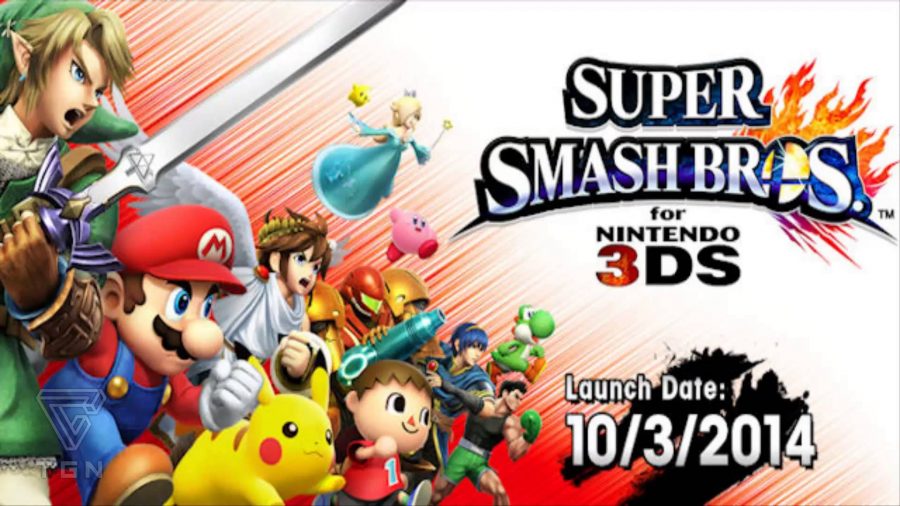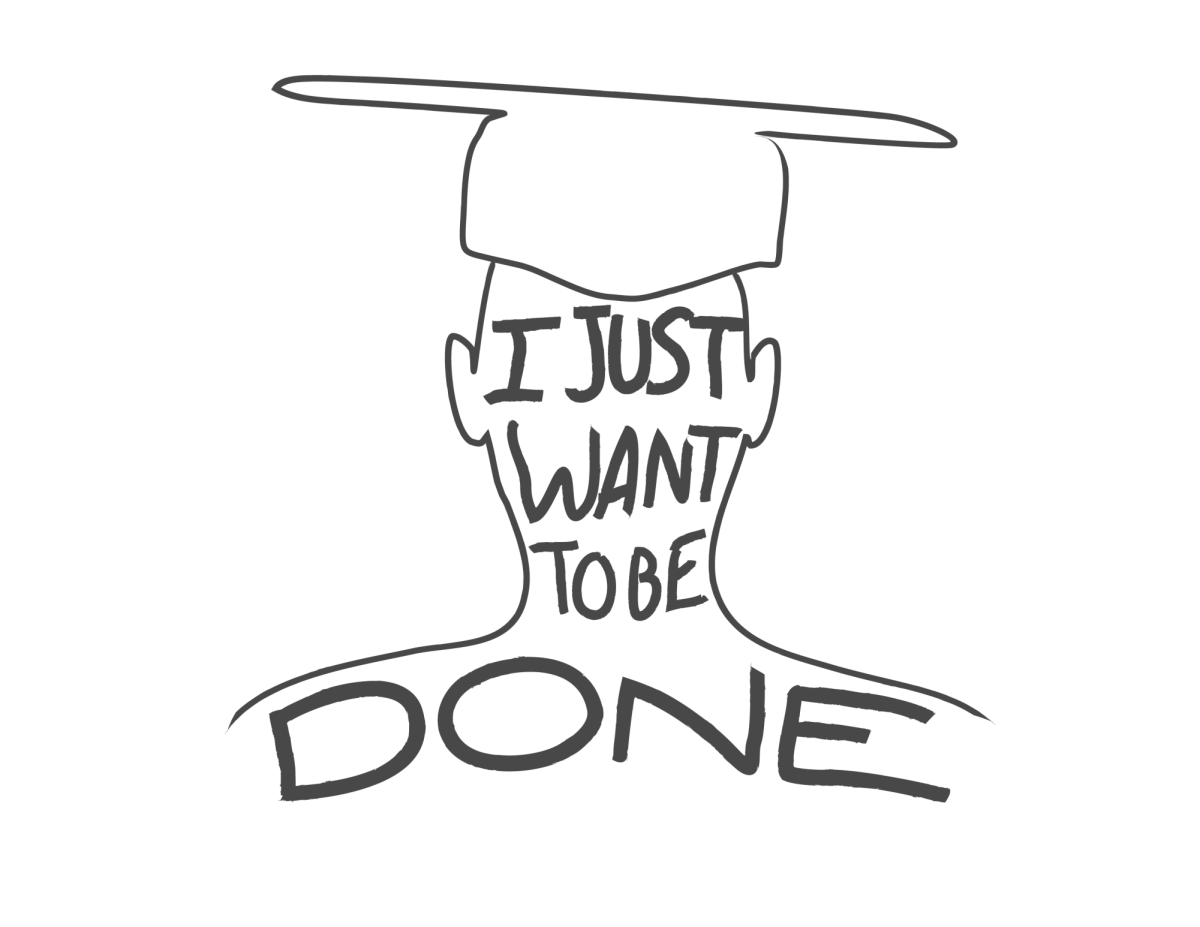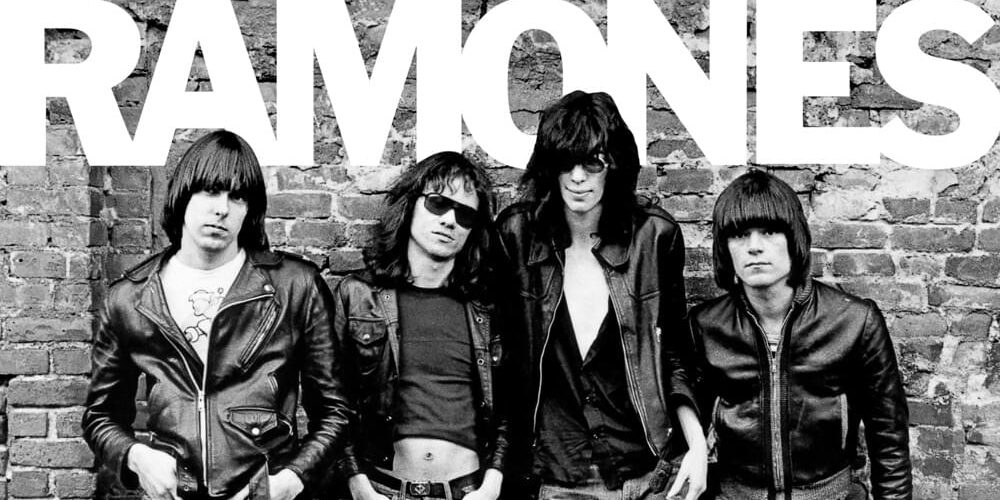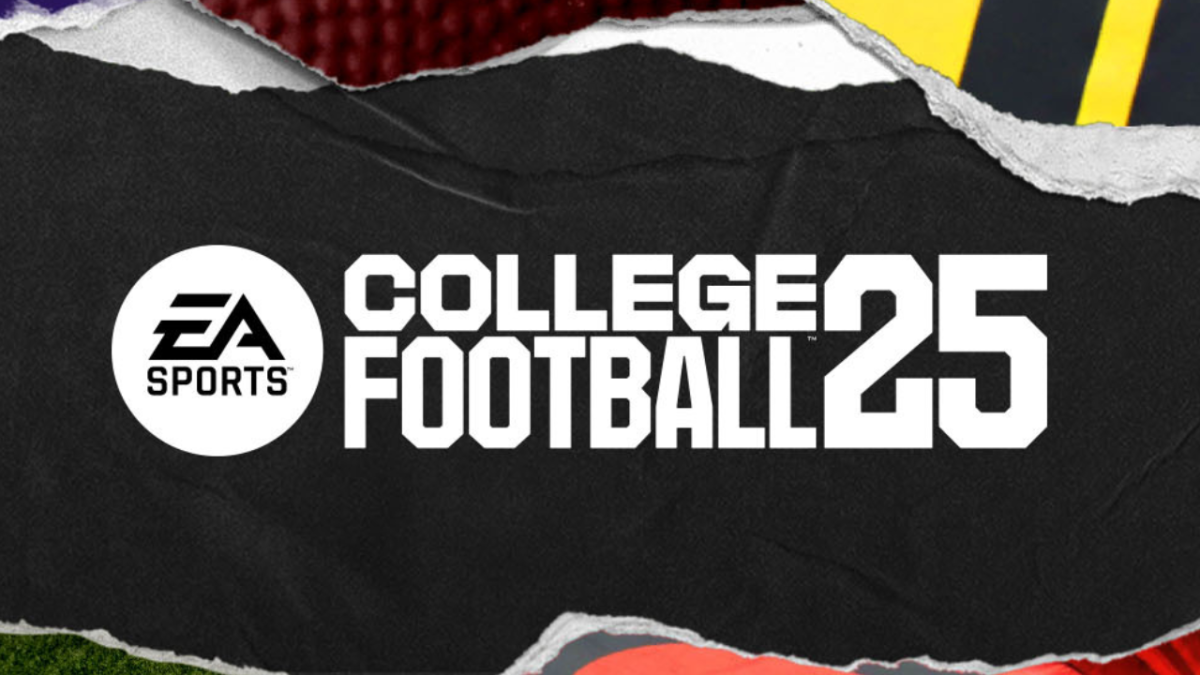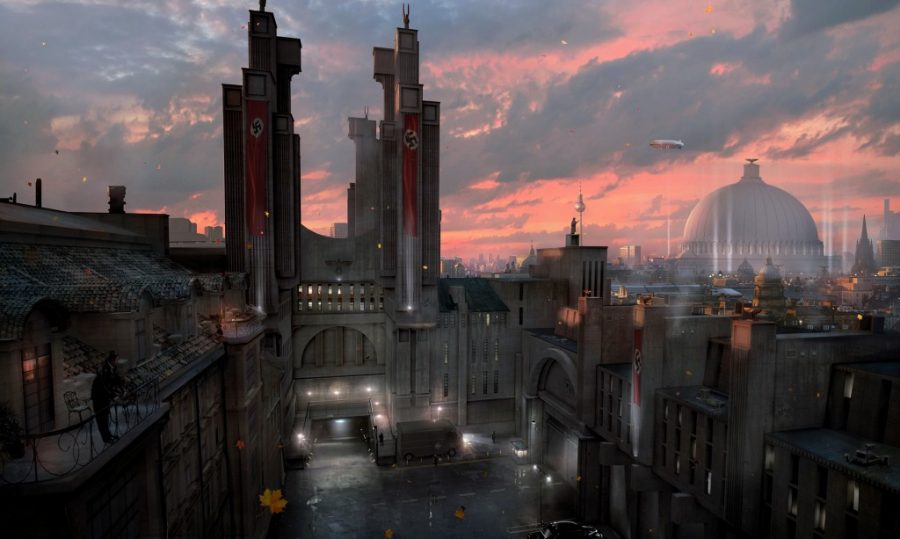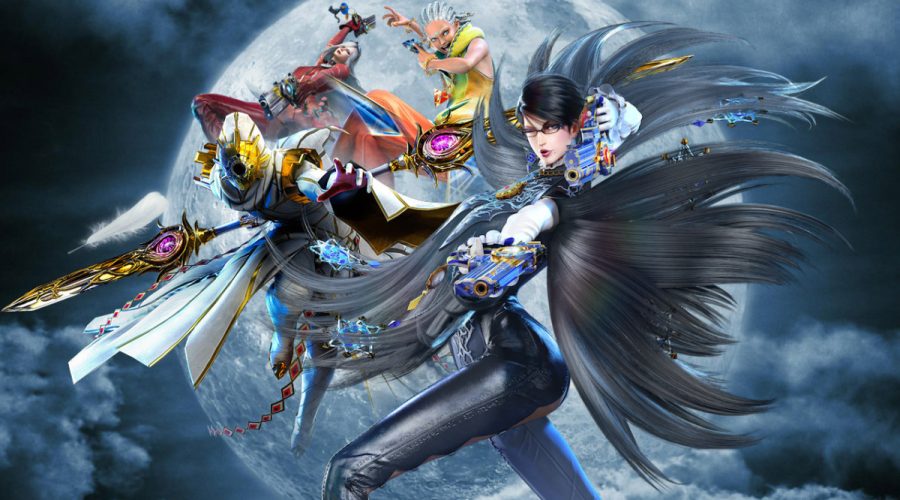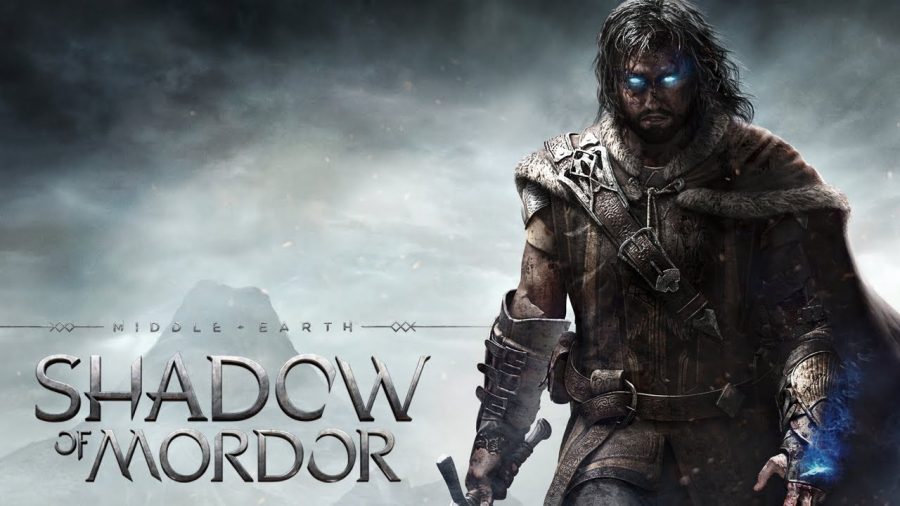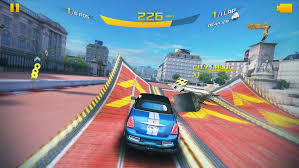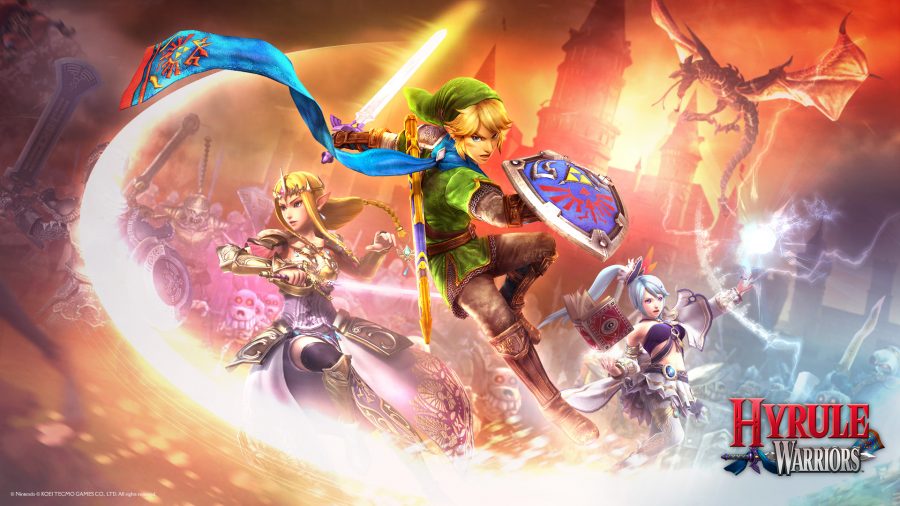Jake Dubusker ’15
Well here it is, the new Super Smash Bros is out, and lord knows we’ve been waiting a long time for it; the hype train has only been running at hyper-speed for a few years now. The series is world famous now and a console-seller for Nintendo. The previous entry, Smash Bros Brawl, came out all the way back in 2008, regarded by most fans as a fantastic entry and by professional tournament players of Smash Bros Melee (the entry previous to Brawl) as the worst video game sequel ever to disgrace the world. This new entry in the series takes a middle ground between Melee and Brawl gameplay in order to both create a game fit for tournament style play and stay true as a for-fun party game the series was originally meant as. Most uniquely, the game released first on the Nintendo 3DS; being the first entry of the series on a handheld console with a Wii U release slated for release during the Christmas season. The release of Smash Bros on a handheld is quite a big deal; Nintendo fans everywhere are excited to have Smash Bros available to play wherever they go. The big question is, though, does the game translate well to a handheld console with all its limitations?
Mechanically, Smash Bros 3DS adds to the roster of previous games (although it also cuts a few members, such as Ice Climbers and Wolf), polishes up the characters’ movesets, and ramps up the pace of the fighting from Brawl closer to that of Melee. Notable character additions include Little Mac from Mike Tyson’s Punch-Out, Shulk from Xenoblade, and perhaps most famous of all, Mega Man! Their movesets are all well-balanced with their own strengths and weaknesses, although many are currently crying out that Little Mac is a bit too powerful. If you’ve never played or heard of Super Smash Bros before due your cave entrance being blocked off by a landslide for a few years, it’s an unconventional fighting game with playable characters from all over Nintendo’s most and least known franchises, from Mario and Link to Olimar and Marth. While most fighting games consist of you inflicting damage on the opponent through combos and memorized button-strings until their HP reaches zero and you win, in Smash Bros you win by knocking your opponent off the borders of the stage. The more damage a person takes, the farther they fly when hit hard. It adds more depth, complexity, and utter chaos to the battlefield than the standard format of fighting games that makes for deep strategy and hours of fun at parties.
Previous Smash Bros games have all had many different game modes and minigames, from smashing moving targets in increasingly awkward to reach locations to defeating endlessly respawning weak enemies until you fall. Smash Bros 3DS preserves most of these minigames and makes one large addition: Smash Run. Anyone who has played Kirby Air Ride is familiar with the City trial mode, which for those unfamiliar was basically a big romp throughout a city smashing blocks for power-ups that increased your stats, such as speed, attack power, defense, etc., and then battling in a random challenge after the time limit expires. Smash Bros developer Sakurai himself cited the City Trial mode in Air Ride as the inspiration for Smash Run, which consists of running around a large labyrinth smashing enemies for power-ups that increase your stats, then battling in a random challenge after the time limit expires. While not quite as fun or complex as its inspiration, Smash Run does deliver as a fun pastime, also good for unlocking characters for use and grabbing the game’s collectibles.
One of the biggest concerns for Smash Bros on a handheld device was the controls. Surprisingly, the 3DS provides a rather tight control scheme that works well, due to the well implemented circle-pad and button layout, although anyone who finds the layout obtrusive can remap various controls in the options. Online play is an important feature, since while Smash Bros is primarily a party game, the ability to gather in the living room, grab controllers, and play together is obviously lost in a handheld console adaptation, and while local multiplayer is present and functions well, it’s less likely that all your friends have 3DS systems and their own copies of the game at hand at any given time. For the first few days after release online play could have been described as a mixed bag if said bag was in the process of having cyanide poured into the mixture. Matches had bad input delay and atrocious stuttering, but anyone could foresee this happening on the release weekend of an extremely popular series. Sure enough as days went by online play gradually stabilized and became a pleasant experience as the servers became less overloaded by the massive influx of players having just bought the game. It’s important to remember that online play works optimally with a well-maintained internet connection. Your latency should be less than 100ms (www.pingtest.net) to avoid input lag and general unpleasantness in the gameplay. Ranked matches are also a new feature; you can play in “For Glory” mode which disables items, standardizes stages to a single long, flat platform, and leave the match entirely up to skill whereupon the winner gets a boost to their global ranking. If competitiveness isn’t your style though, there’s always the “For Fun” mode, keeping all the items and crazy stages that add color and variety to the gameplay despite making matches slightly more luck based.
Despite initial skepticism and fears that a Smash Bros game on handheld would be watered down or functionally inferior, Nintendo competently adapted the gameplay to handheld console controls and kept the full Smash Bros package intact with plenty of content to play through and explore in both single player and a pleasantly functional online multiplayer. It’s a must-have title for any 3DS owner and any fan of Smash Bros, guaranteed to entertain in the classic Smash Bros style of colorful chaotic fighting for years to come.
Next Week – Middle Earth: Shadow of Mordor
Categories:
Super Smash Bros Returns to a Whole New System
October 17, 2014
More to Discover
